The inadvertent sustainable action in a sustainable travel
Have you ever thought about how near your distance was with sustainable travel?
Before I understood the concept of sustainability travel, I never thought sustainability was that near to me. Nowadays, people who travel sustainability are increasing because the primary purpose of sustainable travel is to ‘minimise the negative impacts and maximise the positive impact of tourism.’ It brings me back to my Sydney trip. My Sydney trip with friends accidentally corresponds to the aim. Even though our first opinion for this trip was to save money, the things we planned were also sustainable travel. Maybe the concept of sustainable travel was not new to the tourism sector but new to a traveller like us.
These days maybe one of our actions is sustainable, even is a tiny little thing, it could also be a protection for our earth. Just as Archbishop Desmond Tutu said, ‘Do your little bit of good where you are; it’s those little bits of good put together that overwhelm the world.’ I agree with his quotes; therefore, even at first, we did not plan the primary purpose of our trip sustainably, but the things we do it is. Travelling in sustainability was an effortless action; it was about protecting the local culture, economics, environment, food, and accommodation. Therefore, maybe you were sustainable tourism but did not realise it in the past. However, there are a few sustainable actions that we usually did inadvertently during our trip.
Taking Public Transport
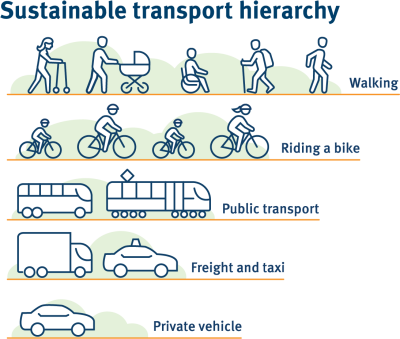
(Sources: KindPNG)
For instance, we just took public transport to different places during our Sydney trip. Surprisingly, public transport was just regular for us because, in our daily life, public transport like buses and trains was just the vehicle bring us everywhere. However, it is a way of being sustainable tourism. Reducing air pollution is essential for our earth; the CO2 emission by cars is the harmful gases that will increase global warming. Maybe you will be confused about decreasing CO2 emissions. Still, you could search for the carbon calculator online to calculate your carbon footprint. Otherwise, walking and cycling was also an efficient way to travel.
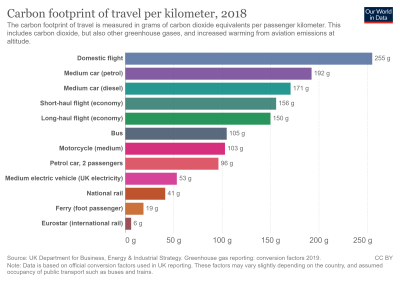
(Sources: Our World in Data)

 I remember that during our whole Sydney trip, the main transportation we took was the train, bus, and walking. Maybe it was not as convenient as a car, but they could let you enjoy your trip more and help us to save money. For instance, on the way you walk to your destination, you could have a look at different things on the street, enjoy the street view, and maybe take pictures with your friends. Nonetheless, you will realise there are different rules for taking the bus in Sydney. Not every bus stop you can get on and off in Sydney, you will find that the bus was other in Sydney and Brisbane, and their train station was huge and crowded. You could experience these things by taking public transport rather than driving around.
I remember that during our whole Sydney trip, the main transportation we took was the train, bus, and walking. Maybe it was not as convenient as a car, but they could let you enjoy your trip more and help us to save money. For instance, on the way you walk to your destination, you could have a look at different things on the street, enjoy the street view, and maybe take pictures with your friends. Nonetheless, you will realise there are different rules for taking the bus in Sydney. Not every bus stop you can get on and off in Sydney, you will find that the bus was other in Sydney and Brisbane, and their train station was huge and crowded. You could experience these things by taking public transport rather than driving around.
Slow down your steps
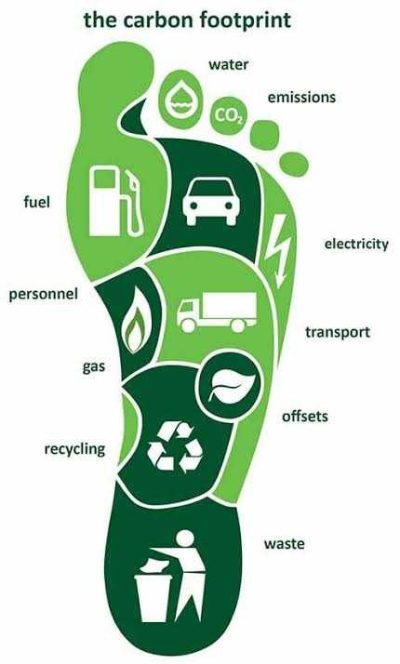
(Sources: Green Party)
Usually, people will plan their trip they will plan to go to every tourist attraction and try their best to soak up as many views as they can. However, the more places you go, the more carbon dioxide will be emission, and you could immerse yourself in others’ cultures when you slow down your step. By trave slow, you could have more time to explore the culture, food, environment or something beautiful around you. To travel slow, you could plan to stay in a place longer, not go to every tourist sight and even not plan your whole trip.

(Sources: Pécsek 2014)

Just as we did during our trip, even though we planned well, due to the weather, we never followed all of the plans, making us slow down our journey. Because we always take our time to think about where we should go and where was something locally worth it to let us explore. However, not every day could we figure out where we should go. Therefore, we plan to walk on the street downstairs from our accommodation and have teatime at the local café. When we enjoyed our teatime, we also saw and heard how the locals leave and enjoy their life. It was different from our daily life ‘grab and go’ in that café everyone enjoyed the moment. After our teatime, we walked around the neighbourhood near our accommodation. Maybe it was different from other people’s trips, but it made us happier, and we took many pictures there.
Support local business
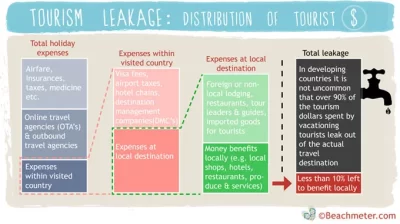
(Sources: Beachmeter)
Supporting the local business was also a way to become a sustainable traveller. Because local food or products do not need transportation, it could decrease carbon dioxide footprint. Nonetheless, it also does not require gorgeous packaging, which could provide more job opportunities for the locals. Moreover, supporting local businesses could also improve local well-being. Such as an economic concept named the local multiplier effect means that the money circulation locally will create additional money. The local business could reduce the inequality in the workspace, and the income will continue growth incredibly. Otherwise, it not only brings benefits to the local economy but could also ensure our health. Because the local business will focus more on the quality of the food rather than the quantity, you could also ensure that the food you eat is fresh and in season. The product cost will also be lower than the imported food because they did not have the transportation and packaging fees.
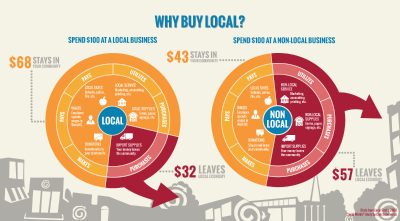
(Source: LinkedIn)
During our trip, we supported the local business by going to the Sydney Fish Market. In the fish market, you could find different on-season seafood that you could not find in the supermarket in the city. The seafood was also fresher than all the seafood we see in the supermarket, not only that the prices there were lower than usual. The fish market also helps consumers cook the seafood they choose. Thus, you could buy raw seafood or eat it there. I suggest eating there because you could discover more different things in the market and experience something new.
References
Albeck-Ripka, L. (2020). Be a More Sustainable Traveler. The New York Times. https://www.nytimes.com/guides/travel/how-to-travel-sustainably
Angeli, S. (2022, March 4). What is Sustainable Travel: 8 Best Practices. Ecobnb. https://ecobnb.com/blog/2022/03/sustainable-travel-good-practices/
Bra, K. (2021, March 9). Top 10 Tips for Sustainable Travel. Sustainable Travel International. https://sustainabletravel.org/top-10-tips-for-sustainable-travel/
CHRIST, C. (2017, July 11). 6 Ways to Be a More Sustainable Traveler. Travel. https://www.nationalgeographic.com/travel/article/sustainable-travel-tips#:~:text=The%20three%20pillars%20of%20sustainable
Ecobnb. (2022, June 28). 6 Reasons to Shop Locally while Travelling. Ecobnb. https://ecobnb.com/blog/2022/06/shop-locally-travelling/
http://facebook.com/charlieontravel. (2019, March 26). What is Sustainable Travel & How to Travel Better | Charlie on Travel. Charlie on Travel. https://charlieontravel.com/what-is-sustainable-travel/
Kumar, R. (2020, May 6). Why Supporting Local Tourism is More Important Than Ever Before | Wandering Helene. Wandering Helene. https://wanderinghelene.com/why-supporting-local-tourism-is-more-important-than-ever-before/
NomadicMatt. (2020, February 17). How to Become a Sustainable Traveler. Nomadic Matt’s Travel Site. https://www.nomadicmatt.com/travel-blogs/sustainable-travel-guide/
Organic, December 7, Q. F. on, & News, 2015 in. (2015, December 7). Advantages of Local Food. Organic and Quality Foods. https://organicfoods.com.au/advantages-of-local-food/
Ritchie, H. (2020, October 13). Which form of transport has the smallest carbon footprint? Our World in Data. https://ourworldindata.org/travel-carbon-footprint
Wieners, E. (2020, March 18). Is Tourism Sustainable? 5 Benefits of Sustainable Tourism | Go Overseas. Www.gooverseas.com. https://www.gooverseas.com/blog/benefits-of-sustainable-tourism
